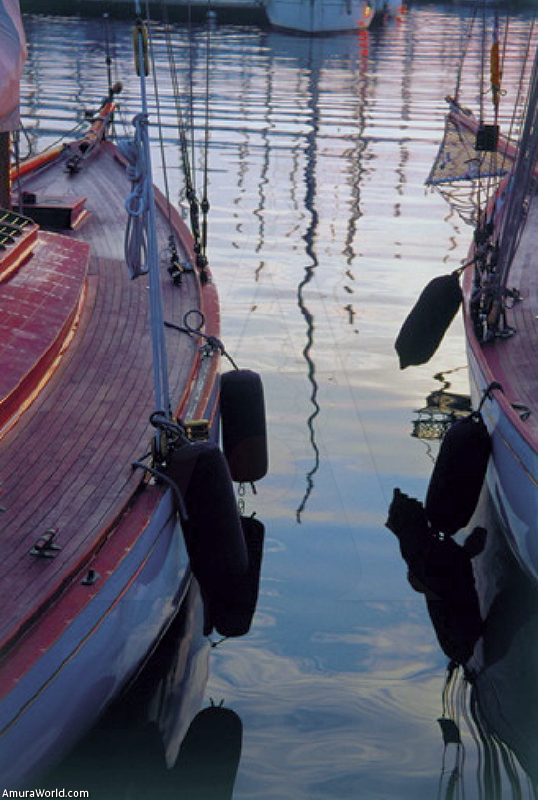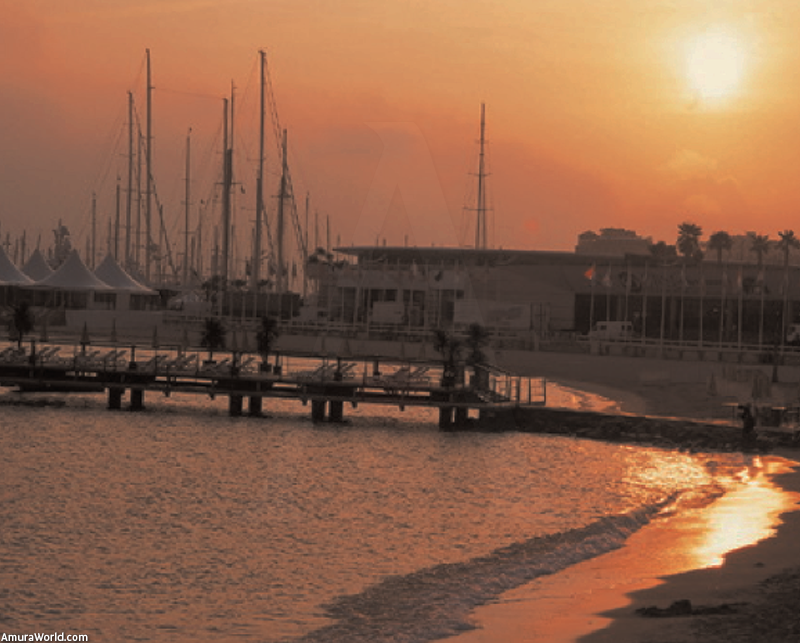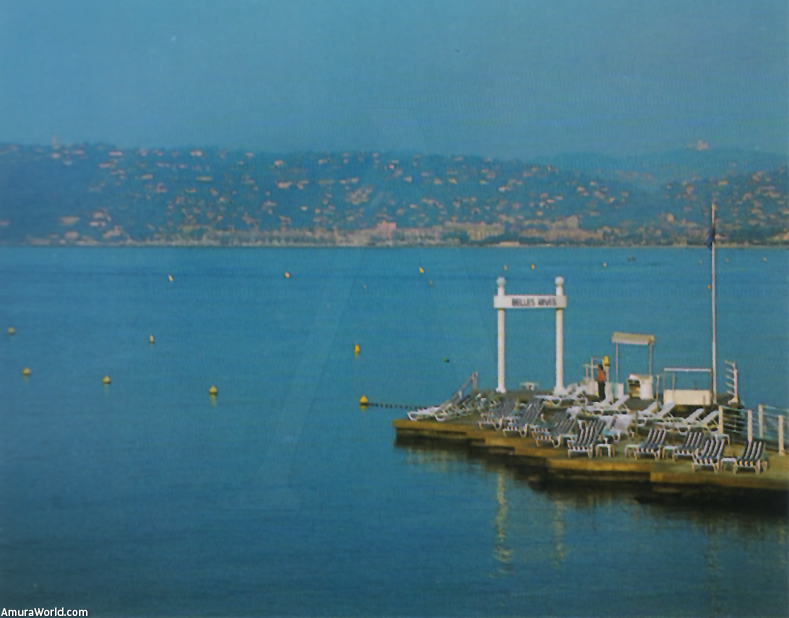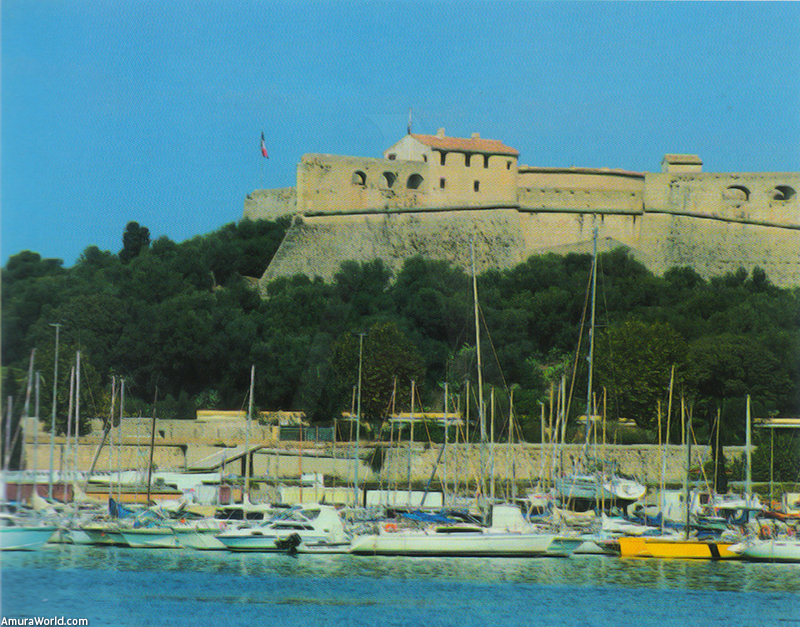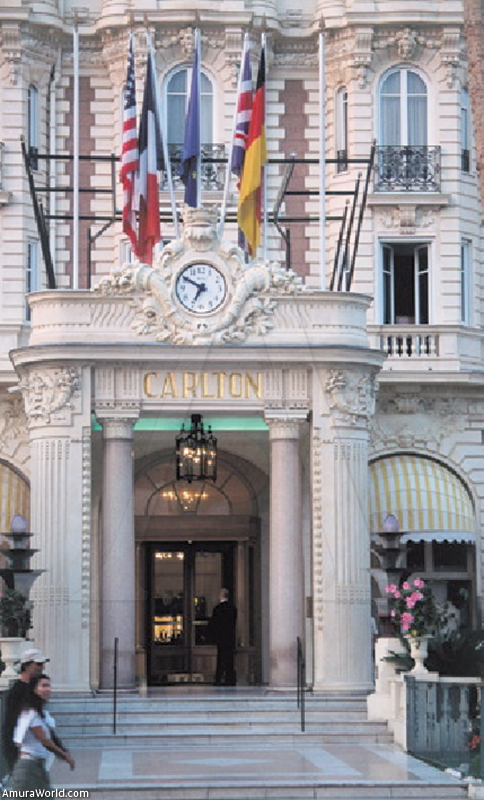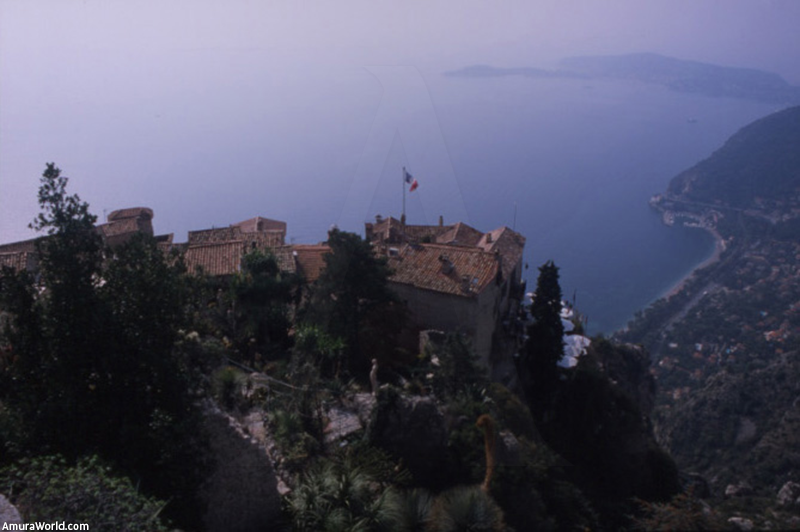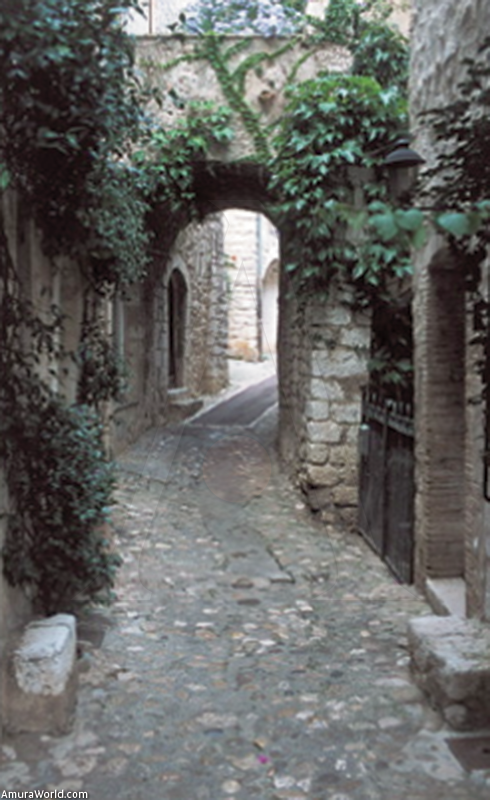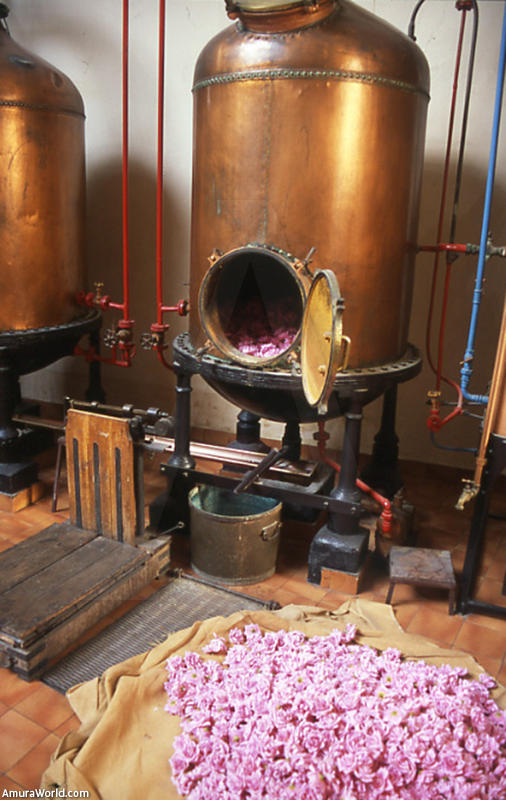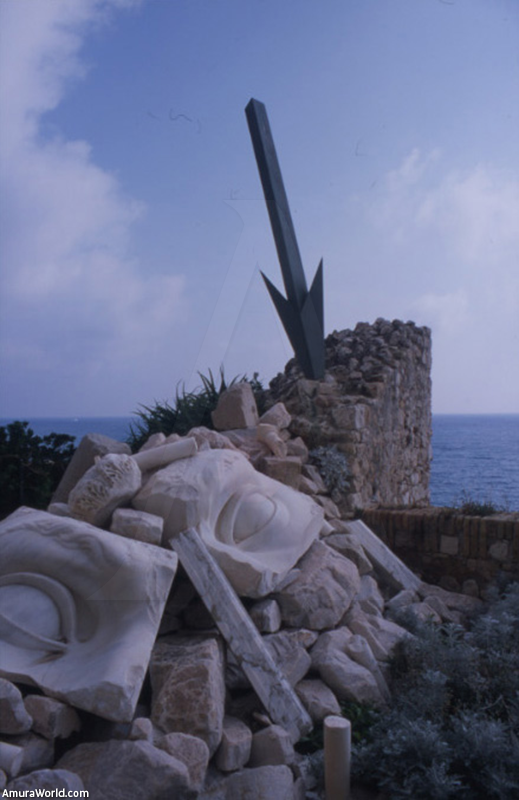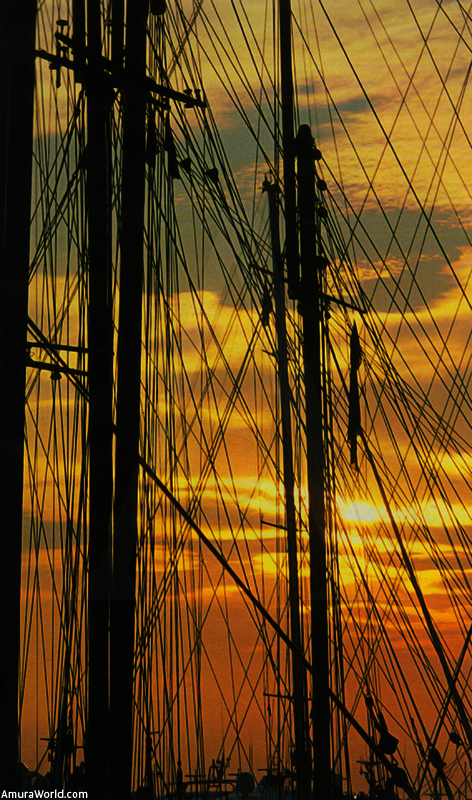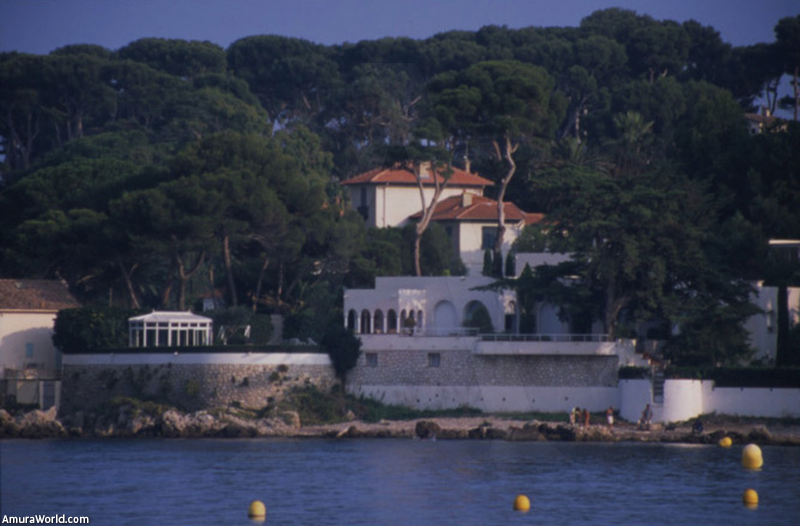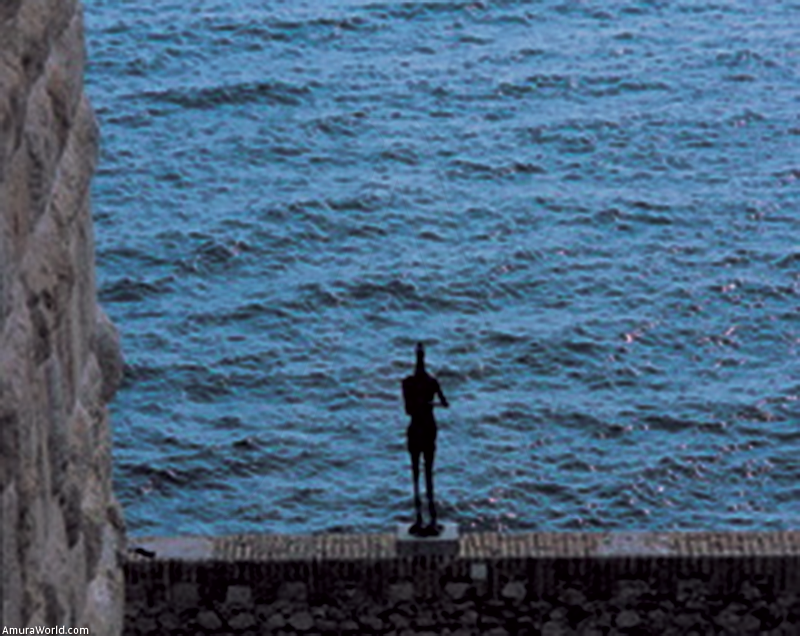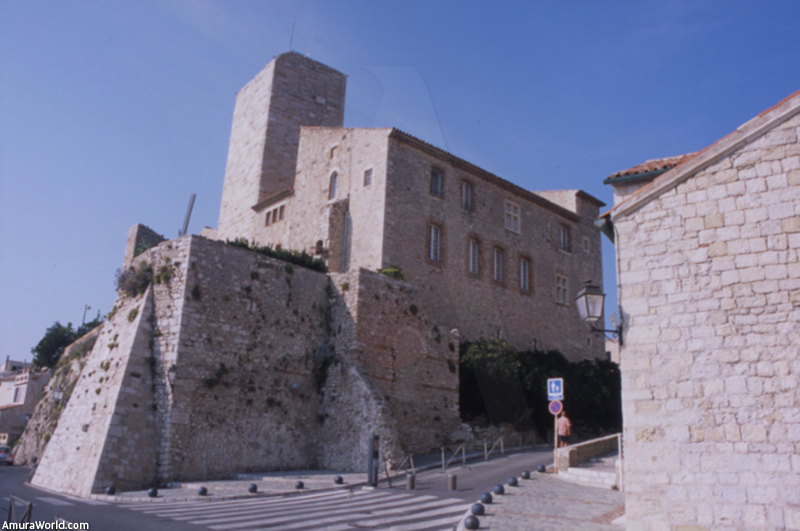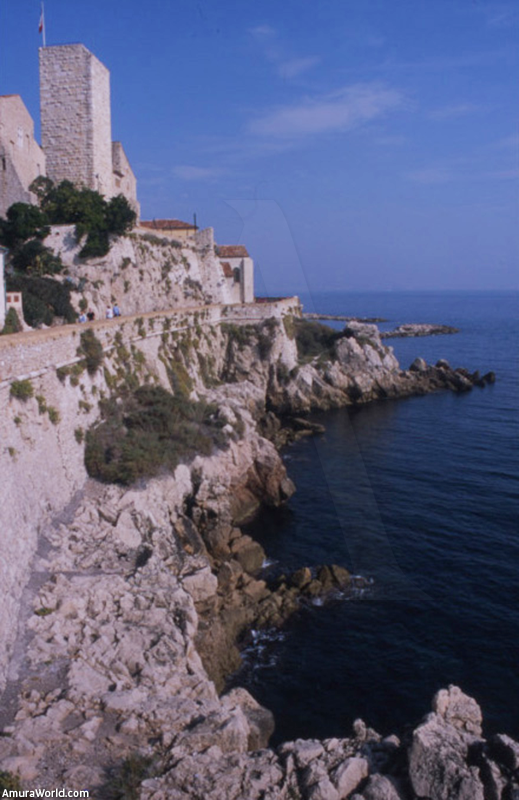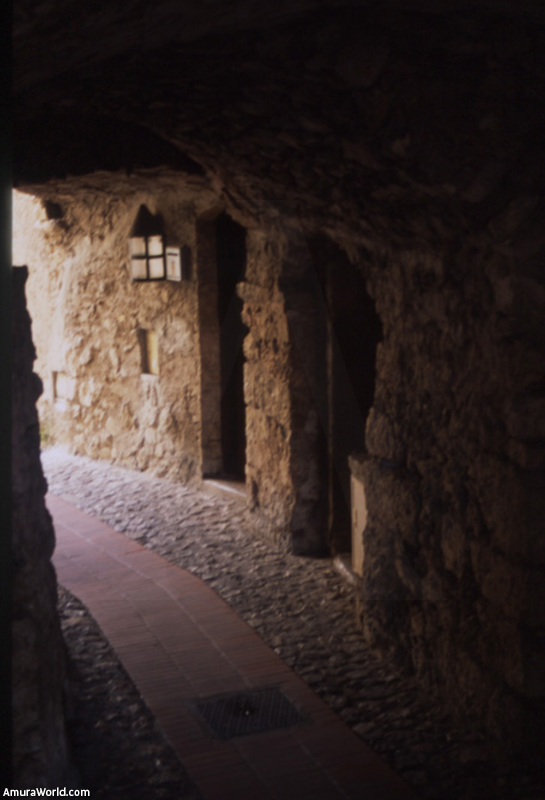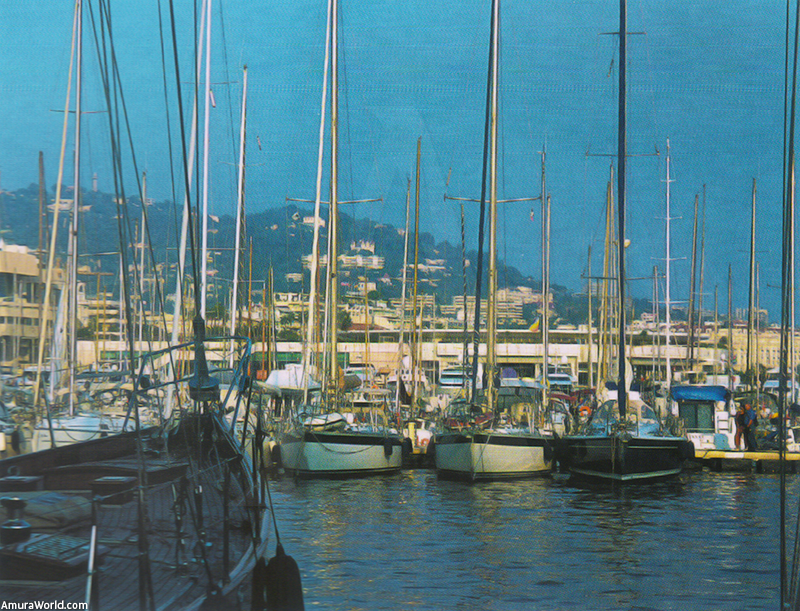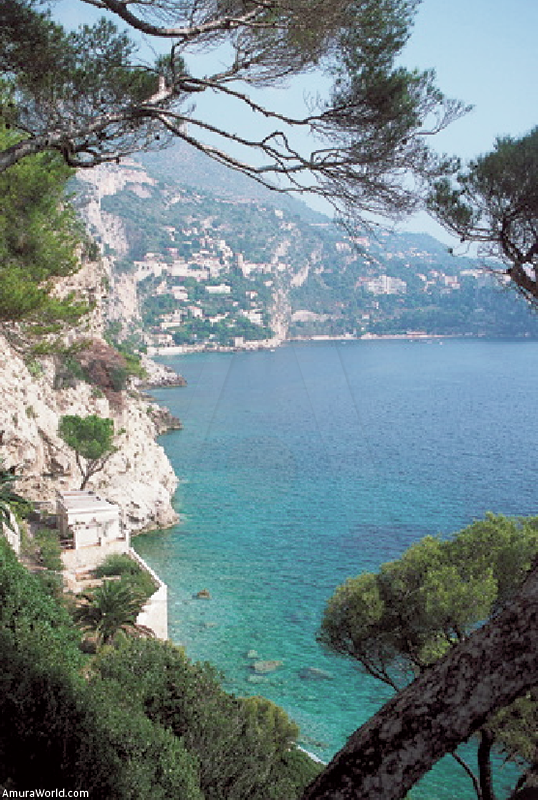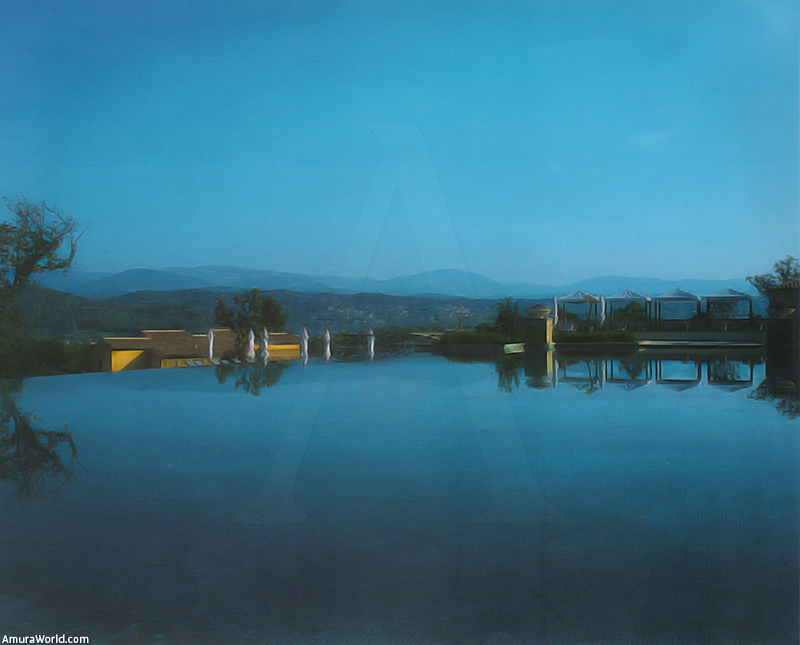Jet set, culture and beauty
Sailing from Saint-Tropez to Monaco, the Mediterranean Sea plunges against the Alpine rocks to shape the beautiful gulfs where glimmering cities invite us to enjoy the intense life of the Côte d’Azur, the Blue Coast. Good food, sun, wine and strange encounters: this is a paradise of the best parties and, at the same time, a place that invites us to discover the old stones, history and culture hidden amidst the scenery.
The intense life of the Côte d’Azur, the Blue Coast: good food, sun, wine and strange encounters.
“La mer, qu’on voit danser, le long des golfs clairs a des reflets d’argent” (the sea, that we see dance along the span of the clear gulfs, has reflections of silver), sang the Frenchman Charles Trenet, a connoisseur of the Mediterranean. A sea that changes from one moment to another: from blue to silver or, suddenly, so angry that it is impossible to navigate. La mer (the sea) is also a blue ribbon drawn along the beautiful coast that stretches from Cannes to Nice.
Cannes’ “Vieux Port” is an excellent docking spot for setting out to see the city and the surroundings. Cannes is a city renowned for its film festival, accompanied by its glamour, the presence of stars of the silver screen, the paparazzi, famous starlets or little-known stars.
To steep oneself in Cannes, it is best to amble along the Croisette, the famous seaside promenade. Here is where your encounter with strange and interesting people begins: adults basking in the last rays of the sun, youngsters skating and couples strolling by, allowing themselves to be admired by others.
The charming Ritz-Carlton hotel shines, the Splendid echoes with the beat of festivals and the Martínez beguiles with the memory of all the stars who have passed through its doors.
Besides all this, Old Cannes offers a striking escape from a world of glamour: strolling along the narrow alleyways that lead to the ancient castle that stands guard over the city and bay. From here, visitors will enjoy a remarkable view of the sea, sometimes silver, sometimes blue, depending on the time and the climate.
The narrow streets ascend among the ancient homes that conceal niches holding saints and awaken memories of southern Italy. At night, Saint Antoine street is the place to be: it has the best restaurants and a festive atmosphere.
The best place for dining is the Moulin de Mougins, 10 minutes from Cannes. Chef Alain Llorca invites us to discover the delicious, sophisticated charms of his kitchen.
The town of Mougins is like a crown on a hill. Its narrow, cobblestone lanes surround the peak, which is embellished with ancient homes of carved stone. The town ends with the clouds around the belfry of the simple church. The fountain is the music of the town, the restaurants are like an urban curtain filled with lovely sounds and the beauty of the art galleries awake the heart
We recommend driving on the short road that winds its way to the “Arrière Pays” —“the back country,” as it is called by the people of the region, referring to the part that is distant from the coast. The hills turn into mountains and, at their feet, as if affixed to the slopes, emerges the small city of Grasse, the renowned world capital of perfume.
Grasse’s microclimate is excellent for cultivating jasmine, rose and tuberose, plants needed for producing perfume. At the beginning of the 18th century, the people who cultivated these plants also became perfumers. Many of the great houses founded at the beginning of the 19th century —among them Molinard, Galimard and Fragonard— are still functioning, making their own creations. Nowadays, the majority of great perfumes, including the famous Channel Number 5, are produced here.
Its unique historic center, that lies under the shade of the ancient tower of its castle and beats to the rhythm of its unusual church, whose thick walls resemble those of a fortress, is one of those rare examples of Medieval architecture still existing today.
The ancient, charming stones of Saint Antoine entice us to enjoy the best cuisine of the region. The highway winds its way through hills and towns, the air smells like pines and olives, cicadas sing in the summer heat.
The areas surrounding the hidden towns are painted in green by the forests and, from within them, looms the new Four Season de Terres Blanches Resort, the most visited place on the coast. Here, there is no sea, only oaks, lavender, pines and two 18-hole golf courses hidden in the forest. once the property of Sean Connery, it is now a marvelous place to enjoy Arrière Pays, far away from the hubbub of the coast.
When sailing away from Old Cannes one must visit the enchanting Lérins Islands. Surprising and unknown, these two islands are bathed in transparent waters: Saint Honorat houses a monastery while Sainte Marguerite is dominated by the ancient fort.
The small city of Grass, is one of those rare examples of Medieval architecture.
The voyage through the Gulf of Juan is a tranquil sail as is the one through the beautiful Antibes Cape, where attractive homes hide among the pines. The Antibes dock is the most elegant on the coast: there you will find the most famous yachts competing with each other for the title of the biggest and most elegant.
Antibes is a delightful town: small, protected by a wall built during the Middle Ages and with a provencal air. The green-turquoise-blue sea licks the wall dominated by the tower of the castle—where Pablo Picasso lived for a time (it now houses the Picasso Museum)—and by the church, a beautiful example of the region’s baroque art.
This town is incredible for touring: walking though its alleyways and small plazas is to recover the memory of youth, visiting its market is to recapture the joy of smelling olives, herbs and fresh fish, and to try absinthe, the ancient alcoholic beverage made with herbs. This drink was prohibited for a long time; it was said that it drove those who drank it crazy. But this was just a tale because the truth is that the government wanted people to drink more wine and less absinthe, which was more popular.
Antibes is the freshness of its plazas, the charm of its terraces, its arched doors open onto the wall and the beauty of the Belles Rives, a superb hotel at the edge of the sea. It faces the Gulf of Juan and Juan-les-Pins, the city of jazz.
The hotel is located in an old house built in the 20s. Scott Fitzgerald and his wife Zelda lived there. Later on, this residence was bought by Boma Estène, of Russian origin, and his wife Simone, and they turned it into a hotel.
Marianne, a descendant of the family, now owns the hotel and has conserved its authentic Art Déco style, with its original furniture, permitting us to travel back in time and history. It is a place that one must visit. David Marie, its chef, is one of the best on the Côte d’Azur.
Antibes e
Antibes is the ideal place to set off to discover, in the Arrière Pays, the beautiful towns of Biot. They owe their fame to their glass-blowing tradition and their link with the artist Fernand Léger.
Vallauris is renowned for its original earthenware: its creators have set trends in the art of ceramics.
Cagnes-sur-mer is a Medieval town guarded by the castle where Auguste Renoir, seduced by the intense colors, found inspiration amidst the ancient olive trees. Saint Paul, a small fortified town, is the place where artists show their work in the numerous art galleries that grace the cheerful lanes. It is a feast of colors and forms contrasting with the 18th century church with its Romanesque nave and Gothic side walls. The small plazas have fountains, the narrow, steep streets hide under some arches, windows are hidden behind vines and wooden doors emerge from the thick stone walls. Even though it receives many visitors, Saint Paul preserves its charm. The Le Saint Paul restaurant offers excellent cuisine. The Maeght Foundation shows the art of Braque, Chagall and Miró. The whole town is a living museum.
The highway takes us to Vence, a place protected by an ancient 18th century wall with imposing doors and the square tower of the Villeneuve castle. Vence lives to the cadence of a siesta under the shade of an olive tree or of a “pastis”, an aniseed aperitif that is popular in the region. Its peaceful, narrow streets lead to the cathedral, built in the 11th century with Roman stones, which has a 19th century façade.
Nearby, the roads take us to other enchanting villages like Tourrettes-sur-Loup, Coursegoules, Gréolières and Gourdon. Amid pines, olive trees and rocky mountains, traveling along these roads is like going through a landscape lavishly painted by a great artist: it is akin to breathing in the beauty of nature’s masterwork. .
From Antibes, if sailing under good weather conditions, the trip to the Baie des Anges (the Bay of Angels) presents no problems. The next port to receive us in all its splendor is Vieux Port de Nice. Anchored among tall mountains, it is surrounded by beautiful buildings and is in constant motion thanks to its fishing boats and the ferry that sails to the island of Corsica.
The charm of Nice is the “Promenade des Anglais”, the beautiful seaside promenade that dazzles with its beautiful Belle Epoque (like the Negresco) or Art Déco buildings (like the Palais de la Méditerranée, a legendary casino transformed into a hotel-casino).
The Antibes dock is the most elegant on the coast: there you will find the most famous, competing with each other for the title of the biggest and most elegant yachts.
The whole city is an walk though architectural treasures: the opera, Old Nice with palaces along its alleyways (Lascaris Palace) and that, strangely, bring Italy to mind; its baroque churches filled with works of art, its fountains, the Cours Saleya, the flower market, the Belle Epoque buildings that make up most of the city, the Roman ruins, the Matisse and Chagall Museums. Nice is a surprise. It is a majestic city. It is an architectural museum that beats to the tempo of the Mediterranean waters that caress its beach of rounded stones.
One of the most unique towns on the Riviera is Èze, which lies 427 meters above sea level. It was built like a labyrinth of streets and stairs in which the houses seem to be woven into an intricate design. The view from its castle, whose ruins house a beautiful botanic cactus garden, is surprising and spectacular. However, the most attractive place is the Château Eza, a marvelous hotel-restaurant whose fascinating construction —several houses of stone—stands guard over a dizzying cliff. This Medieval town is home to several artists who give it a singular personality.
Here, as on the whole Côte d’Azur, the men play “pétanque”, with metal balls that have to reach the “cochonnet”, a small wooden ball, endlessly arguing about who got closer. These voices, the ringing bells of the baroque church and the singing of the cicadas are the music of the region.
At the foot of those high mountains, between Nice and Monaco, are small towns and elegant mansions built at the edge of the sea. Villefranche-sur-mer —dominated by the forts of Cap Ferrat and Saint-Jean-Cap-Ferrat, with their beautiful gardens and imposing residences hidden among the foliage—, Beaulieu-sur-mer —with “La Rotonda” (old Hotel Bristol) and the Kérylos villa, a copy of an antique Greek palace—, and Cap D’Ail, where extravagant mansions —some of which were the homes of celebrities like the Marchioness de Sévigné and Greta Garbo —are hidden among nature’s riches. One of these is Cap Estel, recently renovated and transformed into an exclusive hotel.
The Côte d’Azur delights us with its towns hidden in the sides of the hills or on rocks, with the glamour of Cannes and Nice, with the elegance of its mansions, the majesty of its coast. A journey through the Blue Coast is the unending pleasure of discovering this Riviera that throbs under the shade of the Alps and reflects the marvels of its beckoning blue waters.
Text: Patrick Monney ± Photo: Patrick Monney

